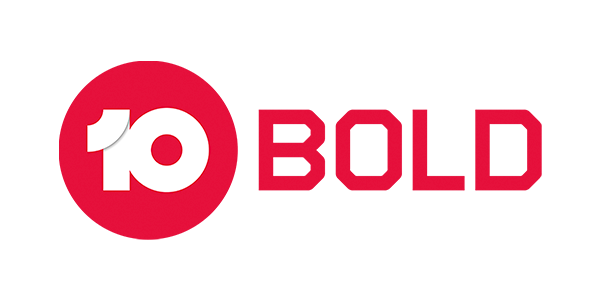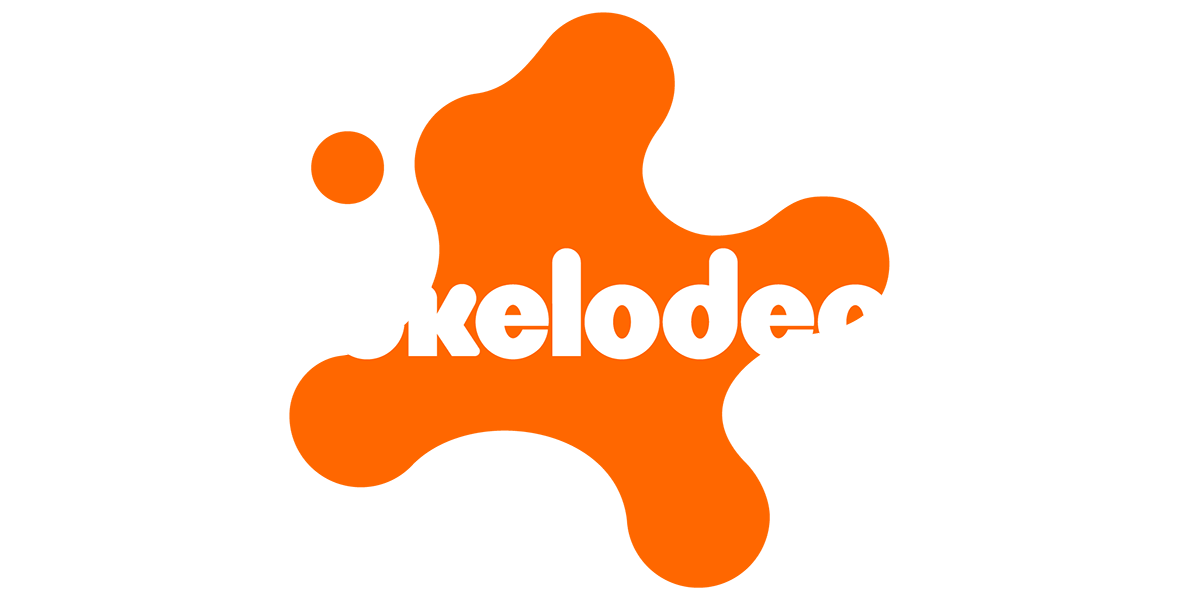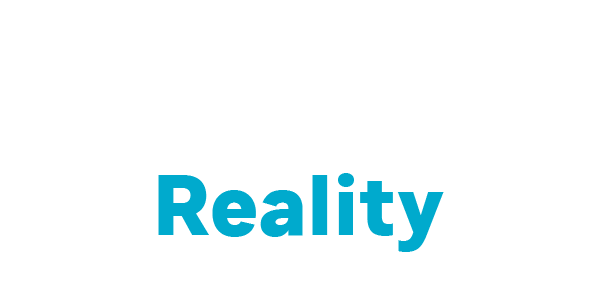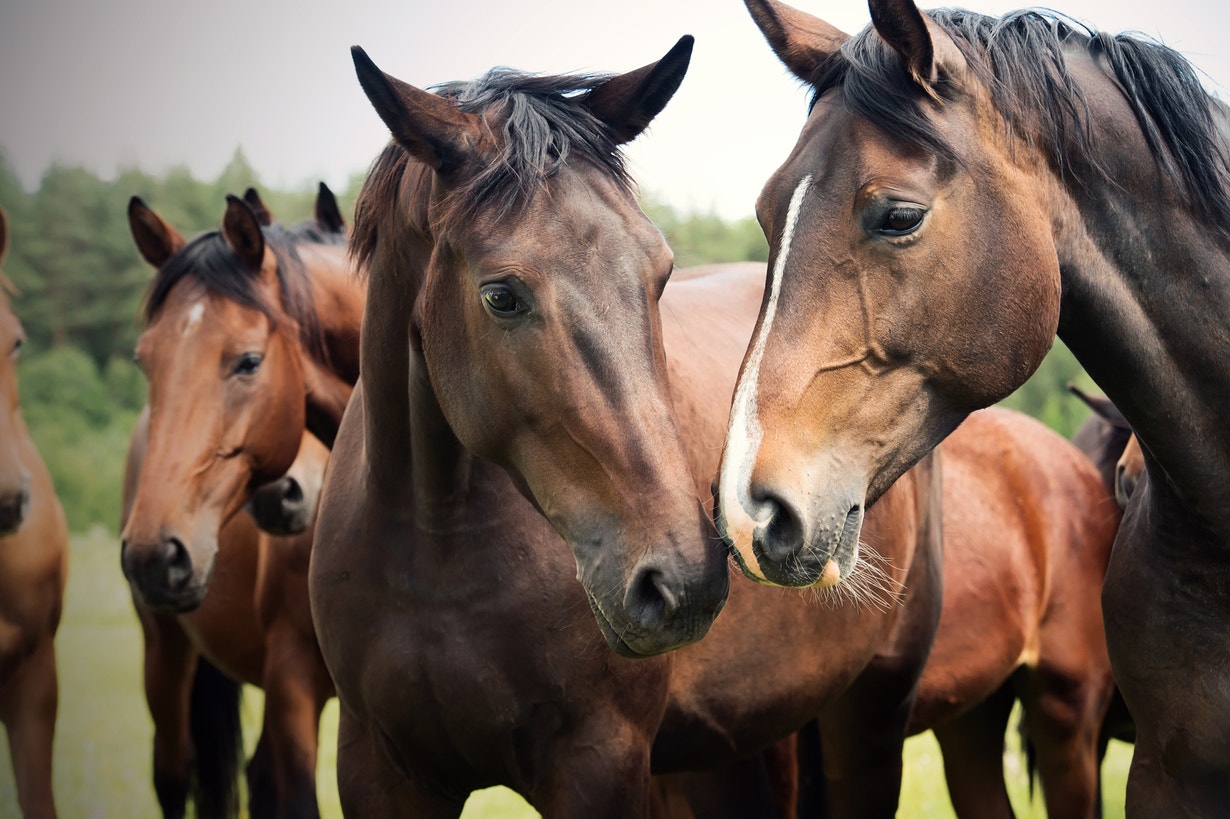Equine welfare always has and always will be paramount to the Victoria Racing Club (VRC). As the club with oversight of Flemington Racecourse and the Flemington Horse Training Facility, we are working closely alongside the industry’s governing body, Racing Victoria (RV), to ensure every horse has a happy home for life.
VRC position
- A focus on the welfare of thoroughbreds before, during and after racing has been a longstanding priority for the VRC and the Victorian racing industry.
- The VRC works closely with all sectors of the industry, to support the increased focus on horse safety and welfare.
- Animal welfare has come under increased scrutiny in recent times and the racing industry has been quick to respond, with a number of initiatives aimed at improving practises and outcomes either starting or gaining increased momentum since the 2019 Spring Carnival. The industry’s commitment to equine welfare and wellbeing has never been stronger.
- These initiatives are outlined below:VRC Equine Wellbeing Fund
- In October 2019, the club announced the creation of the VRC Equine Wellbeing Fund which will enable the acceleration of more initiatives that support the wellbeing of racehorses across all stages of their lives.
- The fund was kick-started with a contribution of more than $1 million, 10 per cent of all public ticket sales from last year’s Melbourne Cup Carnival and 5 per cent of VRC annual membership fees are redirected to it on an ongoing basis.
- Contributions will be ongoing, which will enable the VRC to continue to provide a worldclass experience for all equine athletes and ensure the club is recognised globally as a leading race club in equine welfare.
- The club is developing its plans to optimise facilities on course for horses to train, race and recover, as well as opportunities to positively influence their careers after racing.
- The VRC has also appointed an Equine Wellbeing Officer to oversee its extensive horse wellbeing initiatives and to work with the industry nationally and all its stakeholders to ensure that this substantial financial contribution is used to address the need for improved equine welfare practices.
A home for life
- In October 2019, Racing Victoria announced a $25 million plan dedicated to the welfare of Victorian thoroughbreds with an immediate focus on their post-racing wellbeing. The landmark commitment is intended to fund the first three years of an ongoing program to accelerate and expand Racing Victoria’s Equine Welfare Strategic Plan.
- New in July 2020, the Victorian racing industry’s RESET (Racehorse, Evaluation, Support, Education and Transition) Program is designed to provide direct support for those horses that are sound and have good prospects but need extra help to transition to a second career outside of racing.Governance
- In addition, the industry has given rise to two new review and advisory panels tasked with improving equine welfare outcomes.
- In February 2020, the Thoroughbred Aftercare Welfare Working Group headed by former Victorian premier Dr Denis Napthine was established to review the current equine welfare landscape in the Australian thoroughbred industry.
- The group will look to world’s best practice, consult with industry participants and draw upon learnings from other sectors.
- Other panelists are leaders in their fields and include Chief Science and Strategy Officer for RSPCA Australia Dr Bidda Jones, director of the Australian Veterinary Association Dr Ken Jacobs, and a former senior advisor on agriculture to three federal governments Jack Lake.
- In July 2020, Racing Victoria announced the establishment of a new Equine Welfare Advisory Council as a source of expert advice and opinion to assist Racing Victoria to effectively implement its three-year industry-wide Equine Welfare Strategic Plan.
- The independent members of the Advisory Council include RSPCA Victoria CEO Dr Liz Walker, Murdoch University Animal Welfare Officer Dr Margot Seneque, Laboratory Animal Care and Management Consultant Dr Malcolm France and Equitation Science International Co-Director Dr Andrew McLean.
Improving horse safety on the track
- The Equine Limb Injury Prevention Program is providing findings that are leading to revised training and rest schedules for racehorses, ensuring fewer injuries are suffered.
- The $5.25 million program, jointly funded by the University of Melbourne, Racing Victoria and the State Government of Victoria, has taken significant strides forward since initial biomechanical data began to be gathered and collated.
- The program is led by Dr Chris Whitton, a leader in the field and Head of the Equine Centre at the University of Melbourne’s U-Vet clinic at Werribee Animal Hospital.
- In a concerted effort to reduce the rate of serious injuries among international horses travelling to Victoria to compete, Racing Victoria has committed to a number of welfare focused initiatives including investments in new technology, research, infrastructure, veterinary services and new Track Preparation Guidelines to ensure all horses are fit to travel, race and retire in full health.
- The most significant was a joint investment of close to $1.3 million by Racing Victoria, the University of Melbourne and the State Government of Victoria to bring Australia’s first standing CT scanner to Melbourne in time for the 2019 Spring Racing Carnival to assist in the detection and prevention of serious equine injuries.
- This machine provides world-class imaging to help with the detection and diagnosis of injuries at an early stage, contributing to a reduction in serious injuries including on raceday.The whip
- The whip (or crop) is first and foremost a safety tool for riders and horses.
- Whips used for racing are padded foam sticks that are designed to encourage and guide the horse by making a loud noise without causing pain.
- The whip is used in most sports where horses are involved, including racing, dressage, show jumping, and pony club.
- It is an aid that racing authorities such as Racing Victoria have imposed strict restrictions on in recent years, and are constantly reviewing these restrictions and monitoring its use. Those few jockeys who break whip rules are punished.
- As of 1 August 2020, Racing Victoria has implemented stronger minimum penalties for breaches of the national whip rules.
- These penalties set clear expectations and provide greater clarity for all parties, as well as serve as an important deterrence to riders from breaching the whip rules.
Further information
- In FY19, Racing Victoria invested $3.8 million on its equine welfare initiatives, up from a $3.31 million commitment in FY18. This included one per cent (or $2.25 million) of the prizemoney offered in Victoria in FY19 which was retained to support Racing Victoria’s equine welfare program and thus contribute to the care of Victorian racehorses before, during and after racing.
- Furthermore, owners invest more than $350 million annually on the training, care and welfare of their horses. This equates to in excess of $40,000 per horse per annum. There are more than 4,400 licensed people in the Victorian racing industry who deliver daily care for horses.
- Racing Victoria’s Off The Track program promotes thoroughbred horses to the equestrian and pleasure industries, and helps facilitate their placement in post-racing careers.
- It is now supported by the RESET program, as detailed above, which ensures any horses who are not initially suitable for equestrian and pleasure activities do not fall through the cracks.
- The VRC is proud to be involved in a number of extra initiatives supporting equine welfare and wellbeing. You can read more about these initiatives in our regular Equine Welfare Bulletin Equine welfare initiatives that have been introduced by the VRCIn the last 24 months, the VRC has overseen or introduced the following initiatives:
- Committed to supporting Living Legends for a further three years.
- Scoped an on-course engagement ‘hub’ for Living Legends to interact with racegoers on every Flemington raceday (to be developed when COVID-19 restrictions have eased)
- Scoped advanced cooling facilities in the raceday stalls area to aid post-race recovery.
- Provision of ice boots after racing for all horses who race at Flemington.
- Demister fans in the horse stalls area to assist with keeping horses cool on warm days.
- The provision of VRC employees in the Mounting Yard to assist with hosing horses after they have raced on hot days to accelerate cooling and aid recovery.
- Engagement of RV Acknowledged Re-trainers on each day of the 2019 Melbourne Cup Carnival to interact with racegoers and share information about the rehoming process for thoroughbreds after they finish their racing careers.
- Co-funded with the Victorian Government and Racing Victoria a $4.56 million state-of-the-art synthetic training surface designed to be more forgiving and comfortable which has been commended for reducing impact on horses’ joints and therefore optimising the wellbeing of thoroughbreds in training.
- New technology including a moisture sensor analyser, to provide in-depth data on track composition, and an automatic sprinkler system to ensure a comfortable and safe racing surface can be prepared by the VRC team.
- A replacement of the walking surface from the pre-parade and veterinary block precincts through the Mounting Yard, down the rose avenue and onto the track with Australia’s leading wet pour rubber product Rubaroc™.
- Publishing of the inaugural VRC Equine Welfare Bulletin.FAQs
Why are you supporting an industry that is cruel to animals?
- A focus on the welfare of thoroughbreds before, during and after racing is a priority for the VRC, the Victorian racing industry and for me as a partner.
- The VRC works closely with all sectors of the industry, to continue the increased focus on horse safety and welfare.
- The VRC is confident that those involved in racing at Flemington Racecourse hold the welfare of horses as paramount and we closely with the racing industry body, Racing Victoria, to understand and address these areas.
- Equine welfare is one of the VRC’s main priorities and the club is currently looking at ways to optimise facilities on course for horses to train, race and recover.Horse racing kills.
- Victoria’s raceday fatality rate is among the lowest in world racing, with a safety record of 99.95 per cent.
- However, despite the extremely low rate, unfortunately accidents still occur. The VRC and Racing Victoria are striving to reduce raceday fatalities to zero, by working with trainers to ensure they have state of the art facilities in which to prepare horses and aid in post-race recovery, enhancing pre-race screening for the early detection of injuries, ensuring courses are maintained and optimised for horse wellbeing, and working with jockeys to engage in safe race conduct to further reduce risks.
Racing doesn’t care about horse welfare.
- More than $350 million dollars is spent annually on the care of horses in Victoria. This equates to in excess of $40,000 per horse per annum. There are more than 4,400 licensed people in the Victorian racing industry who deliver daily care for horses.Racehorses are killed when they retire from racing.
- Of all the horses that leave training, 90 per cent of horses enter equestrian, pleasure or breeding sectors after retirement from racing, with 69 per cent moving to equestrian/pleasure riding homes, and 21 per cent going to the breeding paddock. Nine per cent died from illness or injury during training/racing, while the remaining 1 per cent are sold via livestock sales.
- Racing Victoria’s Off The Track program promotes thoroughbred horses as the ideal equine athlete for the equestrian and pleasure industries, and helps facilitate their placement in post-racing careers.
- With the right retraining retired racehorses can excel in all kinds of equine sports including polo, showing, show jumping, dressage, and eventing. Many retired racehorses have successfully competed at Olympic level.
- The industry is actively working to increase the opportunities for thoroughbreds once they finish racing, with the recent introduction of the Victorian racing industry’s ‘RESET (Racehorse, Evaluation, Support, Education and Transition) Program’ which is designed to provide direct support for those horses that are sound and have good prospects but need assistance to transition to a second career outside of racing.
- Similarly, the Thoroughbred Aftercare Welfare Working Group, headed by former Victorian premier Dr Denis Napthine, was established earlier this year to review the current equine welfare landscape in the Australian thoroughbred industry, look to world’s best practice, consult with participants in the industry, and draw upon the learnings from other animal industries.
Horses are whipped too much.
- The whip (or crop) is first and foremost a safety tool for riders. It is used in most sports where horses are involved, including racing, dressage and show jumping.
- Whips used for racing are padded foam sticks that are designed to encourage the horse by making a loud noise without causing pain.
- It is an aid that racing authorities such as Racing Victoria have imposed restrictions on in recent years. Those few jockeys who break whip rules are punished. 2020 Melbourne Cup Carnival. Live And Free On 10 and streamed on 10 play.


